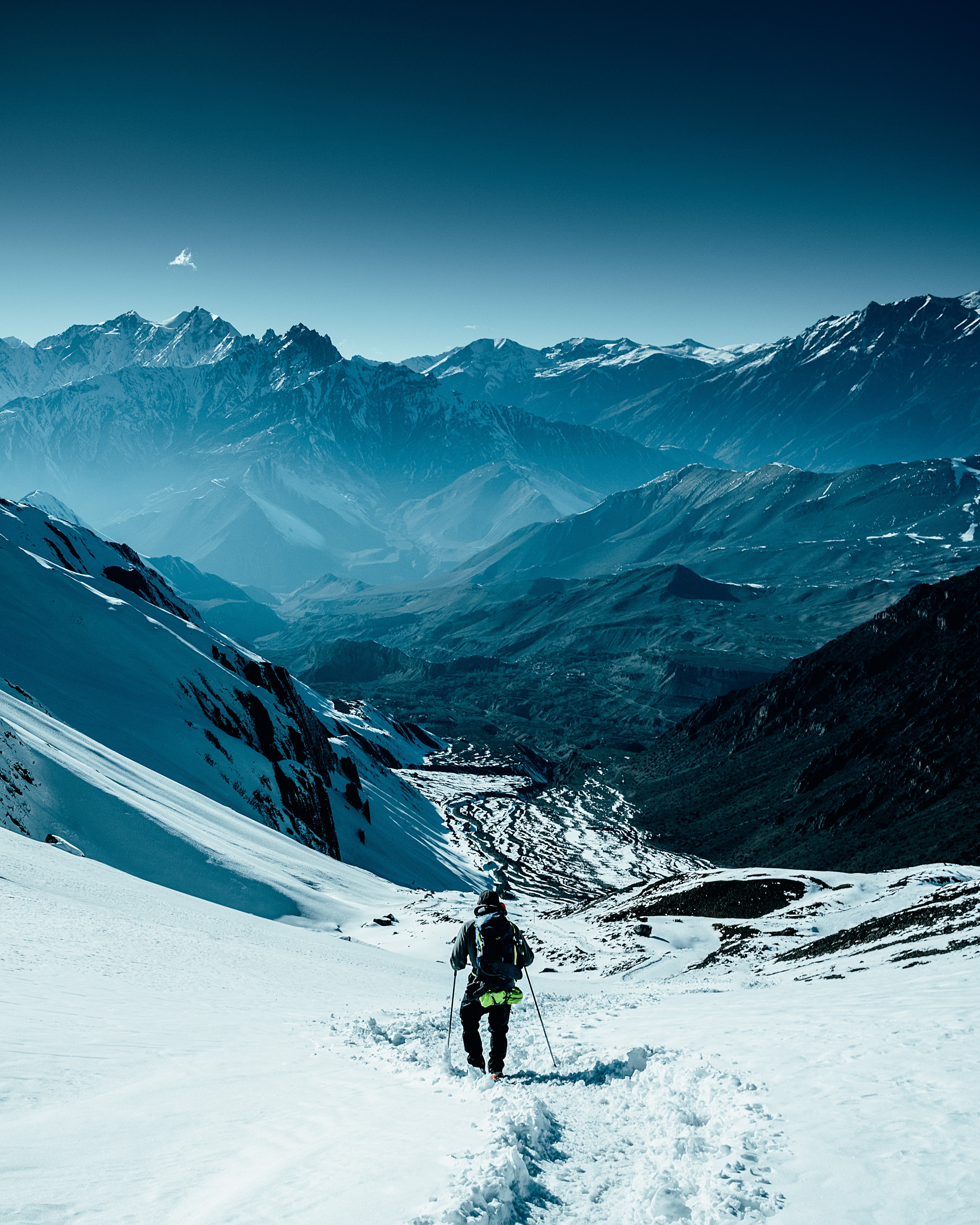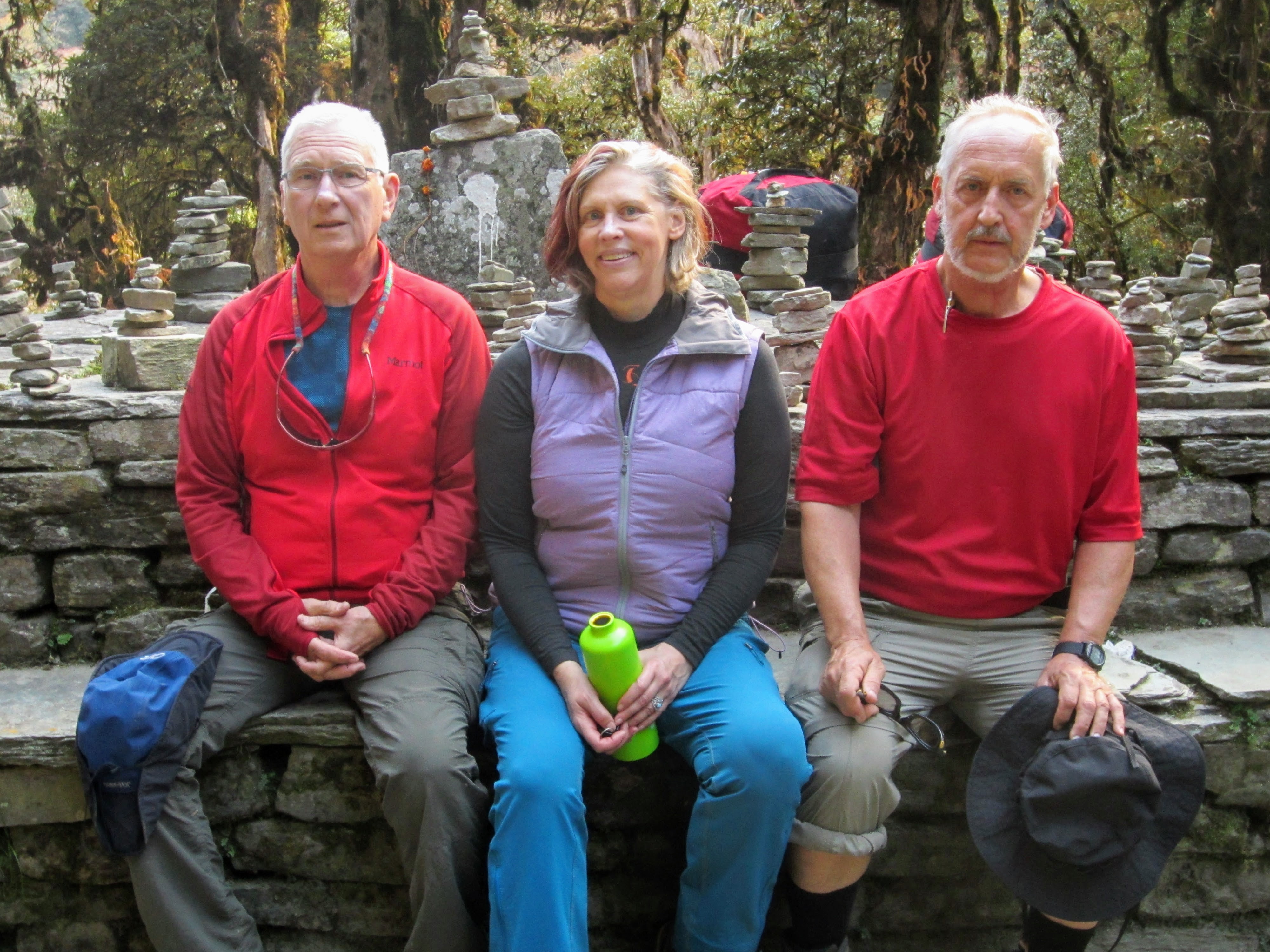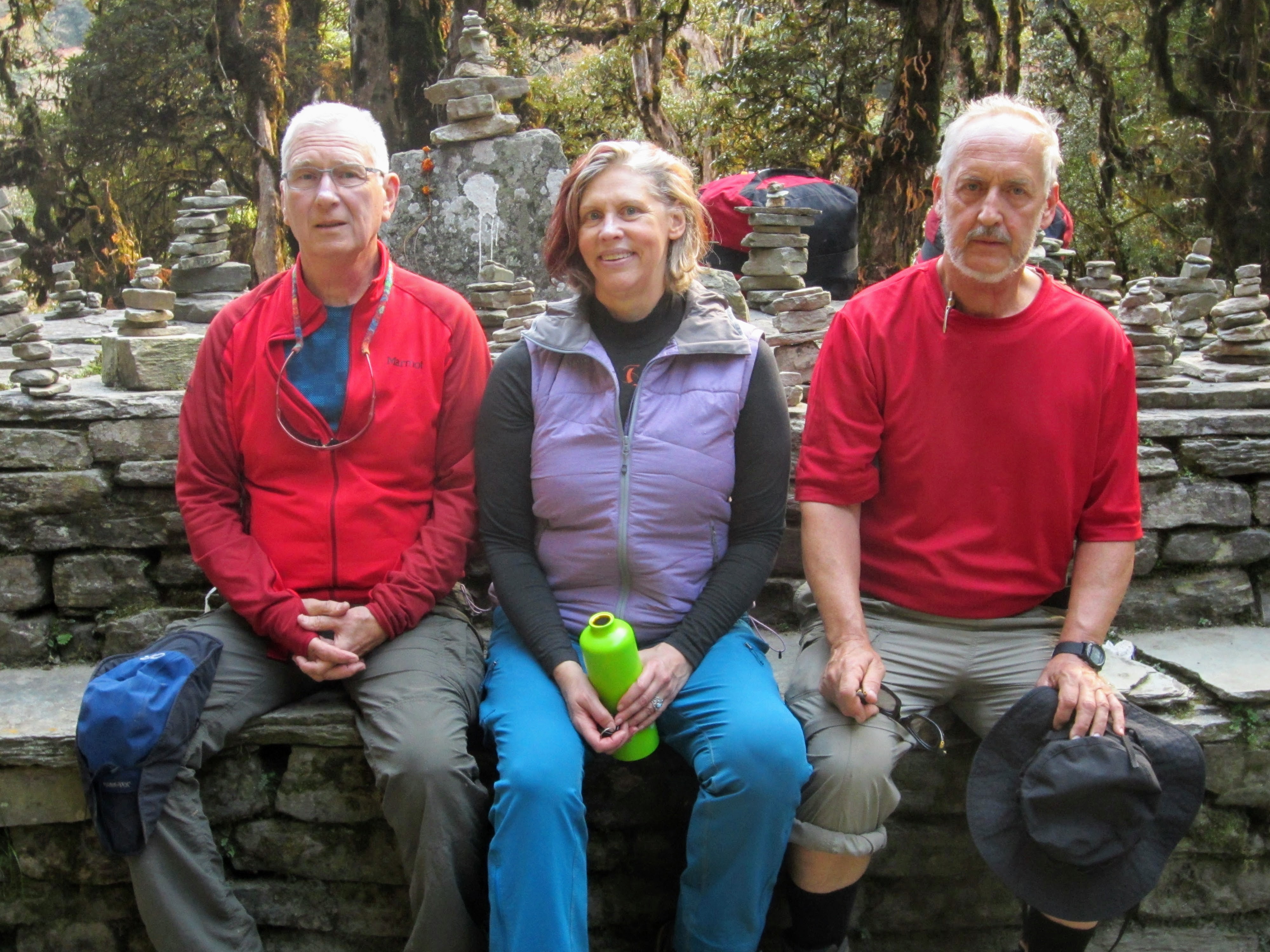Female Trekking Guides in Nepal - Leading Heroes of the Mountains
To encourage and increase the number of female guides in this field, Ama adventure also provides major opportunities to females from the operating role to the leading role in the Himalayas. Female trekking guides in Nepal are here to lead your way in your journey to adventure activities.
Female Trekking Guides - Breaking Gender Stereotype
Taking a step forward as a demonstration of gender equality, the concept of female guides emerged as empowering women in rural Nepal. The “3 sister” is the first women-run trekking company in Nepal who also provided training to produce female training guides and gradually develop as the lead guides in trekking tourism. This helped in increasing the number of qualified Nepali female guides.
Trekking as the earning and empowering opportunities
Being a female trekking guide enabled women to earn more money. They originally migrated to the urban city from their rural villages. This move to the city to be participants in trekking tourism is their first step to breaking down the gender stereotype in this society. The lure and necessity of earning a wage continue to keep female guides in urban areas in the hope of improving their social and financial status. Traditionally, men are considered to be stronger than women.
In addition to engaging with globalization and modernity, female guides are also destigmatizing gendered conceptions of public and private space. Women guides, like other working-class women from the cities, are also seeking a socially respectable identity while at the same time demonstrating what it means to be a Nepali woman.
History of Female Trekking Guide in Nepal
When Nepal opened for international travelers in the 1950s tourism industries were dominated by males from leading in the mountains to operating roles. But things have changed today. The shift began in 1999, when “Empowering Women of Nepal” started providing training and work platforms for women, all over Nepal. This helped to empower and increase female participation in the high altitudes region of Nepal. Before 1995, foreign travelers always depended on male guides and porters to organize and lead their trekking and expeditions. That was the time when people never thought of women as capable enough to be trekking guides.
In the early 1990s, the first female guide Sharda Nepal shone as the leading female in trekking tourism by leading forty days trips for foreign travelers.
Today, more than 300 women are involved in female trekking guidance.
For a few decades, the tourism industry of Nepal has been male-dominated, but there are a few women shining in the sector. Not only as a guide, but they are also in the leading role of the tourism industry.
Women's Perspective on Trekking Sector
After the late 90s, the number of female participation increased in trekking fields from both urban-rural areas of Nepal. Before the global pandemic, there were more than 300 females working as lead guides and trainee guides. Female guides are diverse, young, and passionate. I was just the same. Since I entered this field, I have seen it grow from the ground level.
I saw male trekking guides carrying heavy loads by themselves. Today, female trekking guides do the same so I can see that women are also on the same level as men. I have seen women trekking guides go from being a guide to being a leader of the team to owning a trekking company. The female trekking scenario in Nepal has grown well and continues to grow as more women are fearless and pursue their interests.
Challenges of Female Trekking Guides
There are thousands of male guides leading international travelers from many years but there were challenges for female travelers. It was the reason that the “3 sisters” began the training where women would lead other women on trekking in Nepal. Even though females are mentally, physically, and emotionally as strong as men, they still face problems while they are out for work.
We females are strong, passionate, and determined to lead the people to their destination while we are trekking in the high altitudes. Success in achieving a goal and a client's satisfaction makes us happy. It makes all of our hardships and struggles encountered during a journey worthwhile. Then the realization hit that life is all about an adventure to satisfy our soul to the fullest.
And as much as we are pushing our boundaries to our finest, we still meet challenges in the way. The major problems I have to face during trekking in the high altitudes during the menstrual cycle. Most of the time women's cycles change, sometimes they get more cramps due to extreme cold. To change sanitary pads, which need to be changed every two hours, it is difficult to locate the restroom. The most difficult part of the hike has been menstrual hygiene. As it's difficult to find separate rooms during peak season, everyone has to share dining halls, which leads to awkwardness. In addition to social challenges, these are major issues facing female trekking guides. A high altitude may naturally present different challenges for men and women.









Bethany Hughes
March 10, 2022
I had the pleasure of trekking the Langtang region with Goma. As a woman coming to a foreign country, knowing both the tourism and guiding were dominated by men was intimidating. But getting to live out the work discussed in this article had a profound impact on my experience and our ability to connect with the women of Nepali Himalayas, from the grandmothers to the young women, conversations were opened which would never otherwise have been broached.